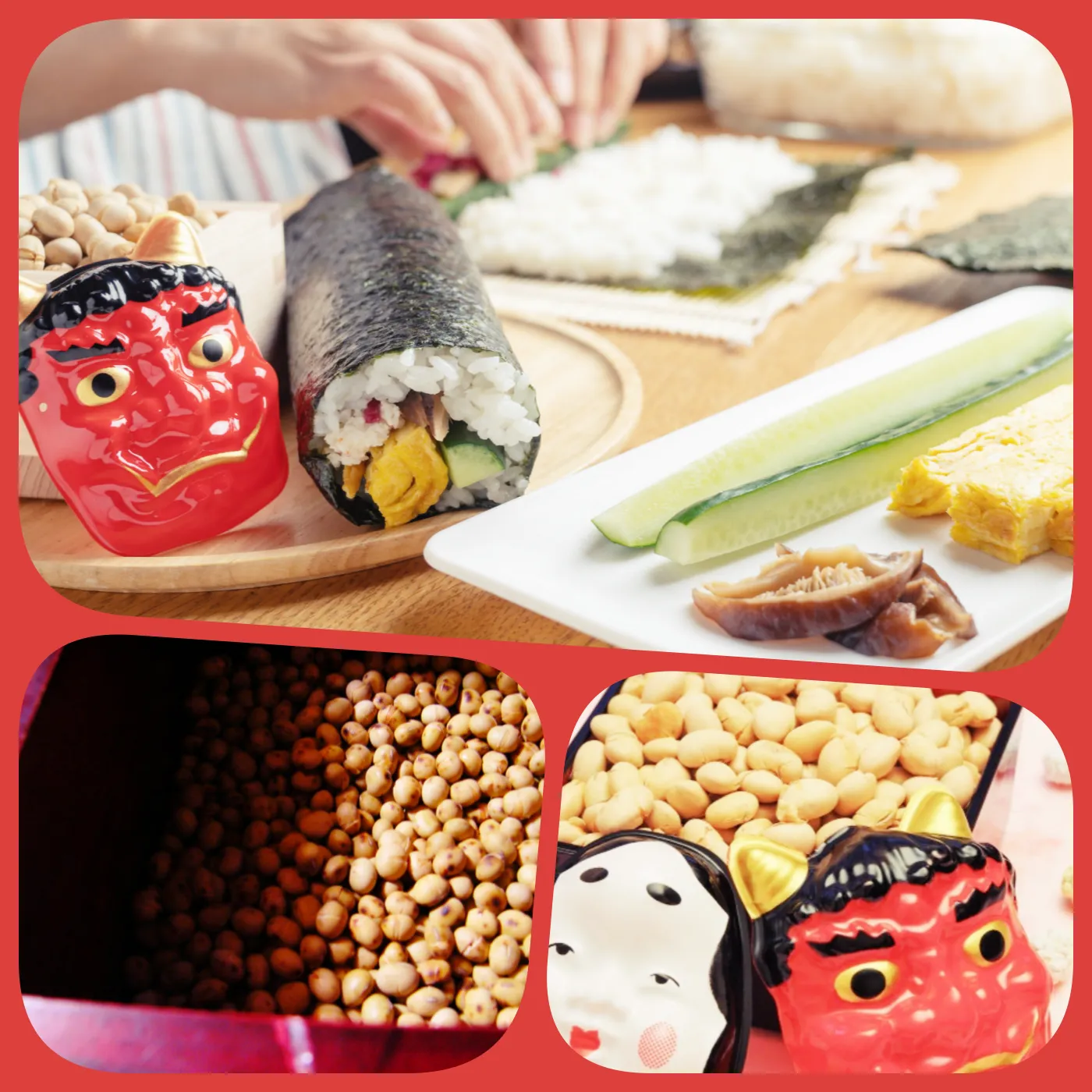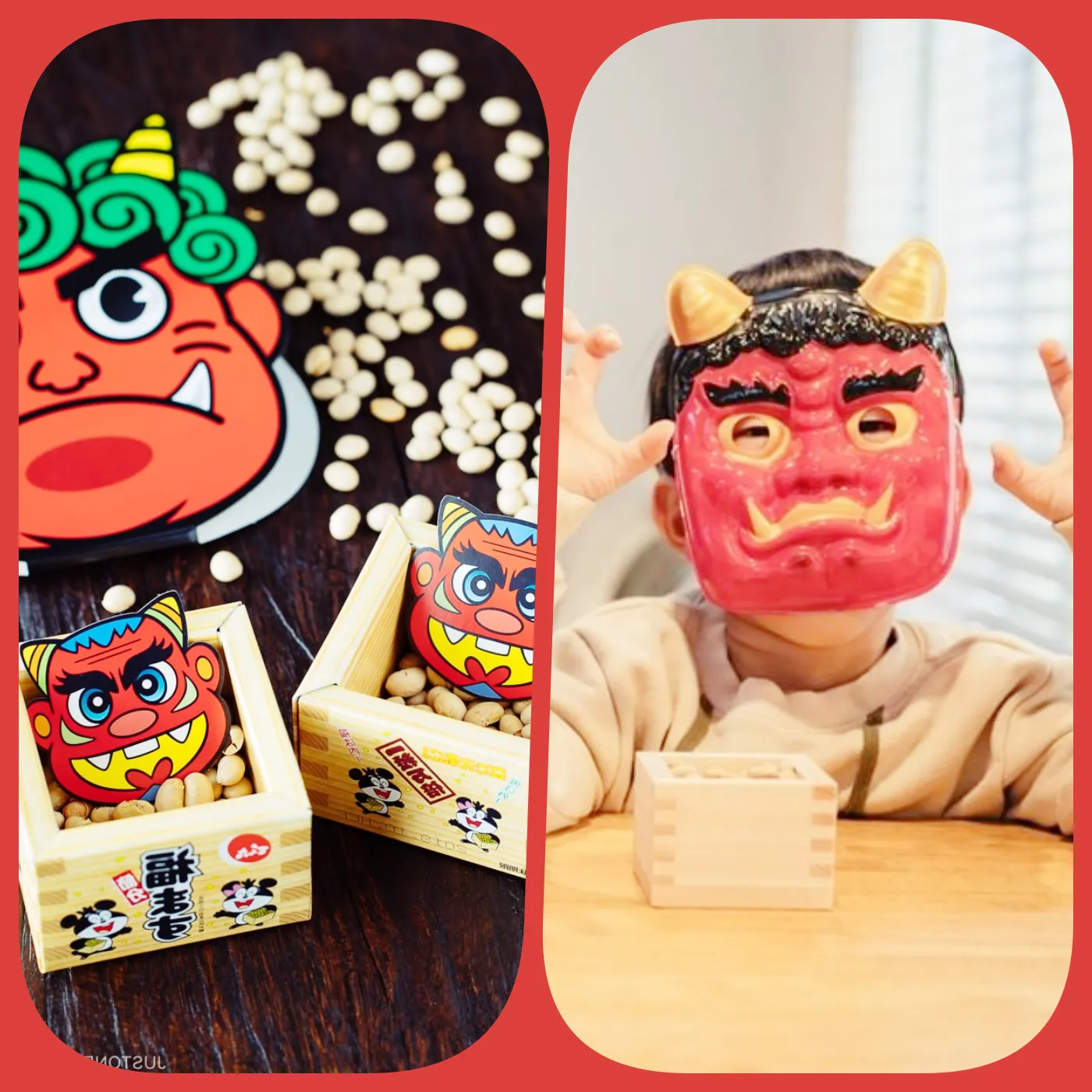
Setsubun: Japan’s Bean-Throwing Festival to Ward Off Evil Spirits
Setsubun, celebrated annually on February 3rd, marks the beginning of spring according to the Japanese lunar calendar. This unique festival is not just about welcoming the new season but also involves a fascinating ritual of throwing beans to drive away evil spirits. Setsubun, which means “seasonal division,” is a vibrant event filled with rich traditions, ancient folklore, and festive activities that capture the essence of Japanese culture.

The origins of Setsubun date back over a thousand years to Japan’s Heian period (794-1185). The festival was initially introduced as a way to cleanse homes and drive away evil spirits at the start of the lunar new year. Inspired by Chinese customs, the practice of throwing beans, or “mame-maki,” began as a method to symbolize purification and ensure a prosperous new year. During this period, Japanese households would scatter roasted soybeans both inside and outside their homes, chanting “Oni wa soto! Fuku wa uchi!” meaning “Out with the demons! In with good fortune!”
Over the centuries, Setsubun evolved from a private household ritual to a public celebration, with temples and shrines across Japan hosting their own bean-throwing events. Despite its ancient roots, Setsubun remains a significant cultural celebration in Japan today, embodying the hope for a new beginning filled with good luck and happiness.

Activities During Setsubun:
– The main event of Setsubun is the lively bean-throwing ceremony known as “mame-maki.” Family members, often led by the head of the household or children wearing demon masks, throw roasted soybeans out the door or at people dressed as demons to drive away evil spirits. The tradition is believed to cleanse the home of any bad luck accumulated over the past year and invite good fortune for the coming year.
– In addition to mame-maki, people often eat the same number of beans as their age, believing it will bring good health and luck throughout the year. At temples and shrines, monks, celebrities, and community leaders often participate in large-scale bean-throwing events, where crowds gather to catch the tossed beans for extra good fortune.
– Another popular activity is the consumption of “Eho-maki,” a special sushi roll eaten while facing the auspicious direction determined for that year. It is said that eating this roll in silence while making a wish will ensure that the wish comes true.

Setsubun is more than just a festival; it’s a cherished tradition that brings families and communities together to celebrate the change of seasons with joy and hope. Whether throwing beans, sharing special foods, or enjoying festive gatherings, Setsubun offers a unique glimpse into Japanese culture and its deep connection with nature and spirituality.
Experience the vibrant energy of Setsubun and immerse yourself in a tradition that has been celebrated for centuries, welcoming spring with open arms and a hopeful spirit!






